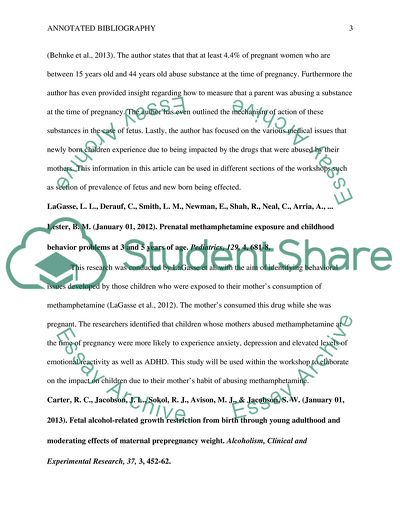Cite this document
(Families and Substance Abuse Annotated Bibliography, n.d.)
Families and Substance Abuse Annotated Bibliography. Retrieved from https://studentshare.org/psychology/1861192-families-and-substance-abuse
Families and Substance Abuse Annotated Bibliography. Retrieved from https://studentshare.org/psychology/1861192-families-and-substance-abuse
(Families and Substance Abuse Annotated Bibliography)
Families and Substance Abuse Annotated Bibliography. https://studentshare.org/psychology/1861192-families-and-substance-abuse.
Families and Substance Abuse Annotated Bibliography. https://studentshare.org/psychology/1861192-families-and-substance-abuse.
“Families and Substance Abuse Annotated Bibliography”, n.d. https://studentshare.org/psychology/1861192-families-and-substance-abuse.


